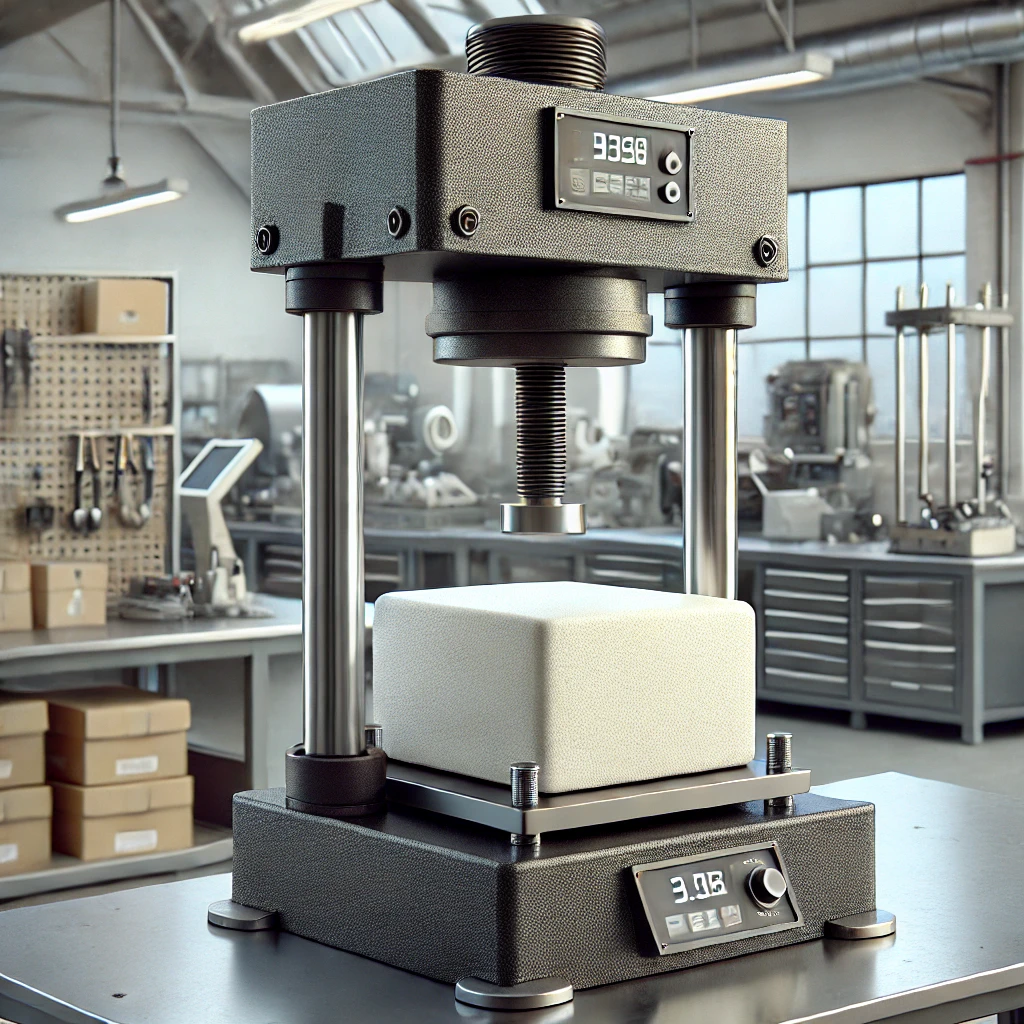Foam materials are widely used across various industries, from construction and automotive to medical and consumer products. One of the critical properties that determine the long-term performance of foam is compression set—a measure of how well foam retains its original shape after prolonged compression. Understanding compression set is essential for selecting the right foam material for applications where durability and resilience are crucial. This article explores what compression set is, the factors that influence it, and strategies to minimize it for optimal foam performance.
What Is Compression Set?
Compression set refers to the permanent deformation of foam after it has been compressed for an extended period and then allowed to recover. In other words, it measures the foam’s ability to return to its original thickness after being subjected to a compressive force. If a foam material has a high compression set, it means it is more likely to lose its shape over time, reducing its effectiveness in applications such as sealing, cushioning, or insulation.
How Is Compression Set Measured?
Compression set is typically evaluated using industry standards such as ASTM D3574 (for flexible foams) and ASTM D1667 (for flexible closed-cell foams). The test involves compressing a foam sample to a specified percentage of its original thickness, maintaining the compression for a set duration under controlled temperature and humidity conditions, and then measuring how much the foam recovers after the compression force is removed.
Factors Affecting Compression Set in Foam
Several factors influence how foam material responds to compression over time:
Material Composition
- Open-cell vs. Closed-cell Foam: Open-cell foams generally have lower resistance to compression set than closed-cell foams due to their porous structure, which allows for greater flexibility but less resilience.
- Polymer Type: Different polymer bases (polyurethane, polyethylene, silicone, EPDM) exhibit varying degrees of resistance to compression set. Silicone-based foams, for example, tend to have superior compression recovery properties.
Compression Load and Duration
- The greater the applied pressure, the more likely the foam is to deform permanently.
- Longer compression periods increase the likelihood of the foam taking a set, meaning it may not fully recover once the pressure is released.
Temperature and Environmental Conditions
- Heat Exposure: Higher temperatures can accelerate polymer degradation, reducing foam elasticity.
- Humidity and Moisture: Some foam types absorb moisture, which can alter their mechanical properties and increase compression set.
- Chemical and UV Exposure: Contact with certain oils, solvents, and UV radiation can break down foam materials, making them more prone to compression set.
Foam Density and Firmness
- Higher-density foams tend to resist compression set better because they have a more robust cellular structure.
- The firmness of foam also plays a role—softer foams tend to have a higher compression set than firmer foams.
How to Minimize Compression Set in Foam Applications
To enhance the longevity and effectiveness of foam materials, it is essential to take steps to minimize compression set:
- Select the Right Foam Material: Choose a foam with a proven track record of low compression set for applications that require long-term resilience.
- Optimize Foam Thickness and Density: Using a thicker and denser foam can improve performance under load-bearing conditions.
- Store and Handle Properly: Avoid prolonged compression during storage and handling to prevent premature deformation.
Applications Where Compression Set Matters
Compression set is a crucial consideration in several industries where foam products must maintain their shape and function over time:
Sealing and Gasketing
- Foam seals and gaskets are used to prevent air, water, and dust infiltration in doors, windows, and enclosures.
Automotive and Aerospace
- In vehicles, foams are used in cushioning, vibration dampening, and insulation. A low compression set is vital to maintain comfort and structural integrity over time.
- Aerospace applications require high-performance foams that can withstand extreme pressure changes without losing effectiveness.
Medical and Consumer Products
- Foam materials in orthopedic supports, mattresses, and medical cushioning must maintain their resilience for patient comfort and support.
- Compression set is a key factor in memory foam products, affecting durability and long-term comfort.
Construction and Insulation
- Fire-resistant and weatherproof foams used in construction must maintain their thickness and sealing properties over long periods to ensure building integrity and safety.
Testing and Industry Standards for Compression Set
Manufacturers rely on standardized testing to ensure foam products meet performance expectations. Common testing methods include:
- ASTM D3574 – Evaluates compression set in flexible cellular materials.
- ASTM D1667 – A standardized test method for flexible closed cell products.
- ISO 1856 – International standard that specifies three methods for determining the compression set of flexible cellar materials.
Understanding these standards helps businesses and engineers choose the best foam materials for their specific applications.
Compression set is a critical factor in determining the durability and effectiveness of foam materials. Whether in sealing, cushioning, insulation, or vibration dampening, selecting a foam with a low compression set ensures long-term performance and reliability. By considering factors such as material composition, environmental exposure, and application-specific requirements, businesses can make informed decisions when choosing foam products.
For industries that rely on high-performance foam solutions, partnering with a trusted manufacturer like Gaska Tape ensures access to top-quality products designed to resist compression set and deliver superior results over time.


